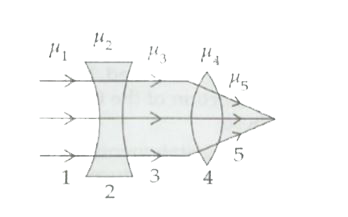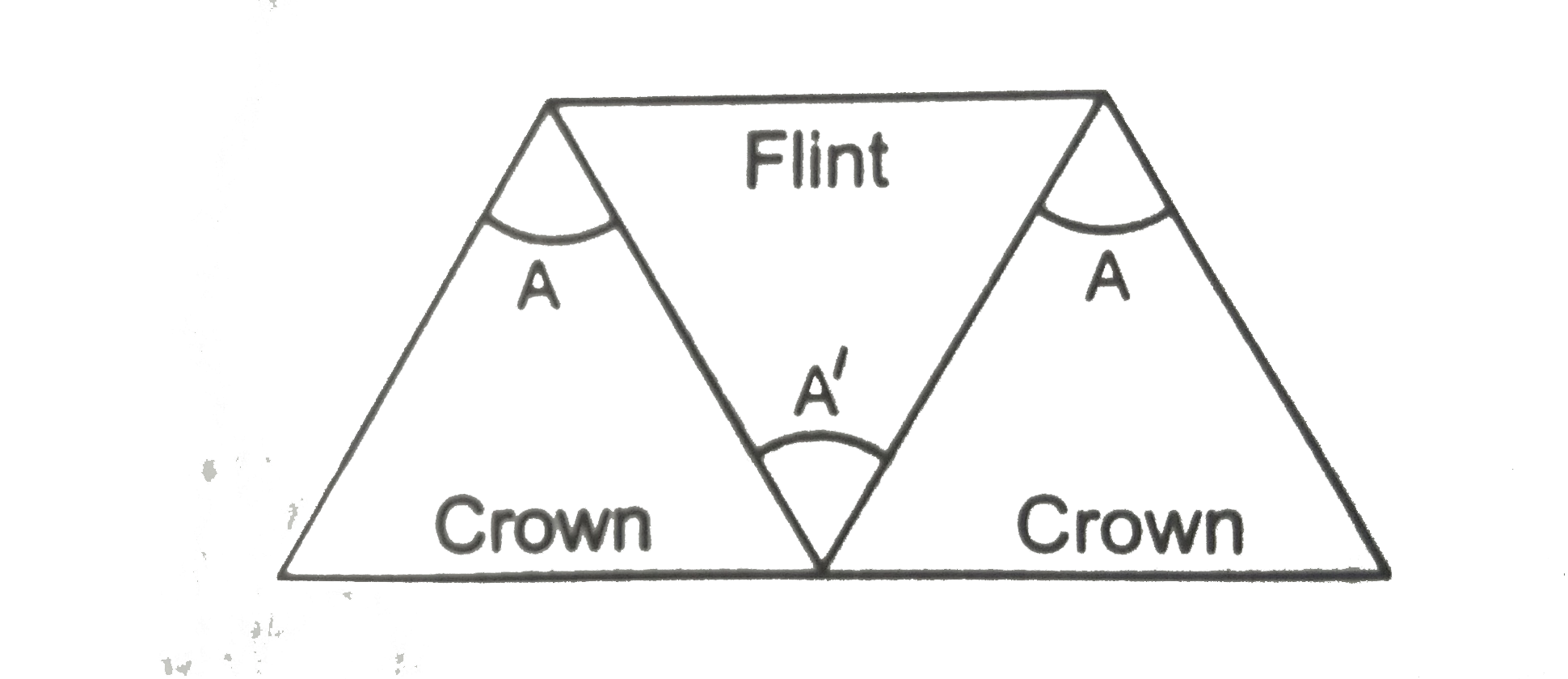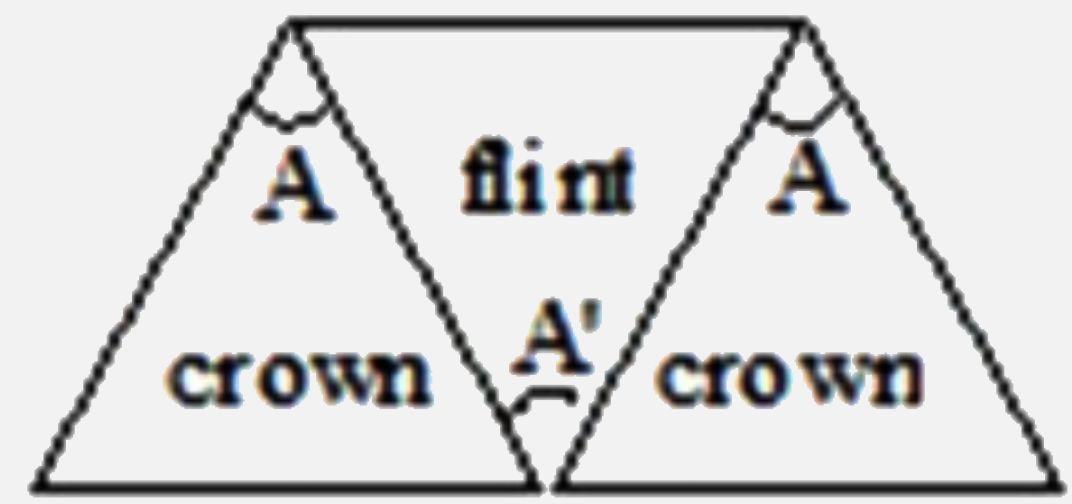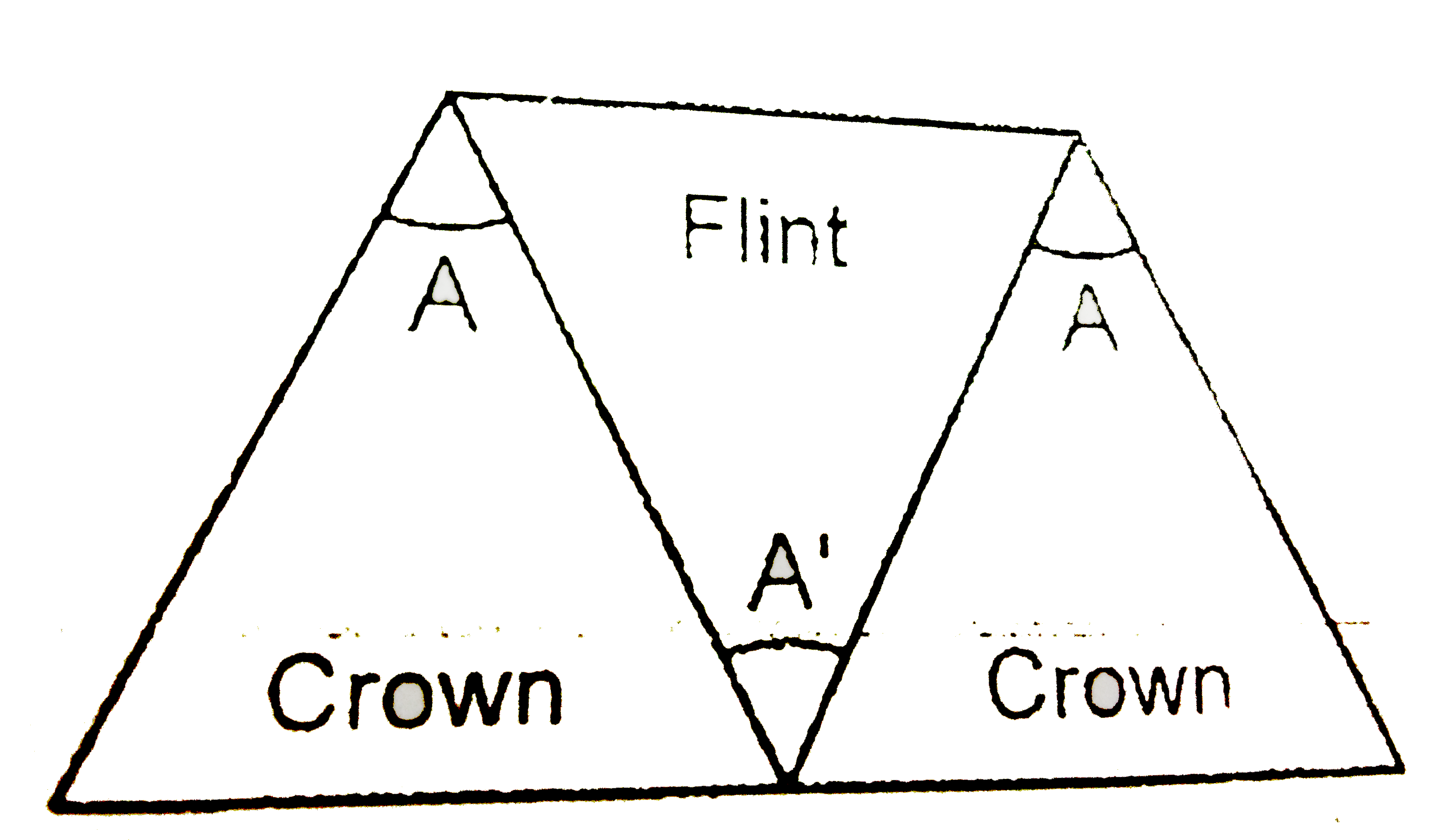Arrange μs , μk and μr in ascending order.
To arrange the coefficients of friction μs (static friction), μk (kinetic friction), and μr (rolling friction) in ascending order, we can follow these steps:
1. Understand the Definitions:
- μs: Coefficient of static friction, which applies when an object is at rest or just about to move.
- μk: Coefficient of kinetic friction, which applies when an object is in motion.
- μr: Coefficient of rolling friction, which applies when an object rolls over a surface.
2. Compare Static and Kinetic Friction:
- Static friction is generally greater than kinetic friction because it takes more force to start moving an object than to keep it moving. Thus, we have:
μs>μk
3. Compare Kinetic and Rolling Friction:
- Rolling friction is typically less than both static and kinetic friction because the contact area is minimized when an object rolls. Hence, we have:
μr<μk
4. Combine the Comparisons:
- From the comparisons, we can summarize:
μr<μk<μs
5. Write the Ascending Order:
- Therefore, the coefficients of friction in ascending order are:
μr,μk,μs
Final Answer:
The ascending order of the coefficients of friction is:
μr<μk<μs
- μs: Coefficient of static friction, which applies when an object is at rest or just about to move.
- μk: Coefficient of kinetic friction, which applies when an object is in motion.
- μr: Coefficient of rolling friction, which applies when an object rolls over a surface.
- Static friction is generally greater than kinetic friction because it takes more force to start moving an object than to keep it moving. Thus, we have:
μs>μk
- Rolling friction is typically less than both static and kinetic friction because the contact area is minimized when an object rolls. Hence, we have:
μr<μk
- From the comparisons, we can summarize:
μr<μk<μs
- Therefore, the coefficients of friction in ascending order are:
μr,μk,μs
The ascending order of the coefficients of friction is:
μr<μk<μs
Topper's Solved these Questions
Similar Questions
refractive indices of glass for blue, red and yellow colours are μb,μrandμy. Write them in decreasing order of values.
View SolutionR is the radius of curvature for both the surfaces of lens shown in figure. Refractive index μ1,μ2andμ3 are indicated in the figure. Light rays are incident from the side of refractive index μ1 as shown. If f is focal length of lens then find f/R for μ1=1,μ2=1.5,μ3=2.
|0123456789|View Solution
Knowledge Check
- Question 1 - Select One
if μs,μk and μr are coefficeints of static friction, sliding friction and rolling friction, then.
Aμs<μk<μrBμk<μr<μsCμr<μk<μsDμr=μk=μs - Question 2 - Select One
In the figure shown μ1,μ2,μ3,μ4andμ5 are the refractive indices

of the mediums 1,2,3,4 and 5 respectively . Consider the following
(1) μ1=μ2 (2) μ3=μ4=μ5
μ2<μ3 (4) μ4>μ5A1 and 2 onlyB1, 2, and 3 onlyC1 and 3 onlyD3 and 4 only - Question 3 - Select One
If a convex lens of refractive index μl is placed in a medium of refractive index μm Such that μl>μm>μair then
AThe nature of the lens is divergingBThe nature of the lens is convergingCThe nalure of the lens may be converging or divergingDThe nature of the lens can't be determined
Three thin prisms are combined as shown in figure. The refractive indices of the crown glass for red, yellow and violet rays are μr,μyandμv respectively and those for the flint glass are μ′r,μryandμ′v respectively. Find the ratio A'/A for which (a) there is no net angular dispersion, and (b) there is no net deviation in the yellow ray.
 View Solution
View SolutionArrange the following symbols in the increasing order of lengths they represent
dm cm m km dam Mm mm μmView SolutionThree thin prisms are combined as shown in figure . The refractive indices of the crown glass for red , yellow and violet rays are μr,μyandμv respectively and those for the flint glass are μr',μy'andμv' respectively . Find the ratio A'A for which , there is no net angular dispersion (A and A' are respective deviations )
 View Solution
View SolutionThree thin prisms are combind as shwon in figure. The refractive indices of the crown glass for red, yhelwo and violet rays are μr,μy and μv respectively and those for the flint glass are μ'r,μ'y and μv respectively . Find the ratio A'/A for which (a) system produces deviation without dispersion (achromatic combination ) and (b) system produces dispersion without deciation (direct vision arrangement).
 View Solution
View SolutionWhich is greater μs or μk?
View Solution

